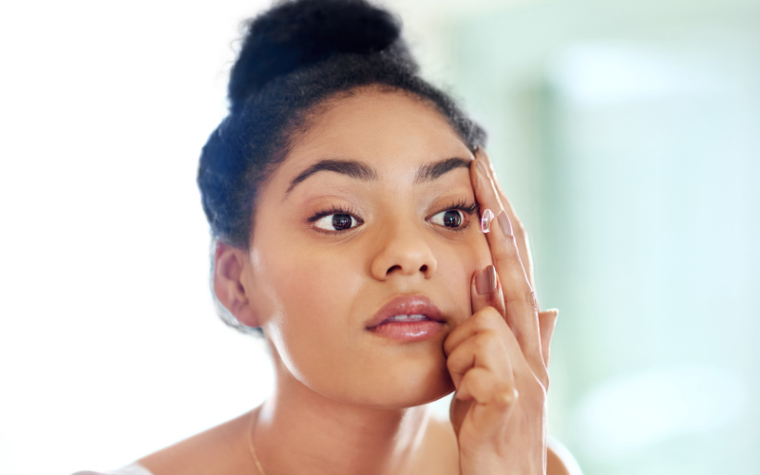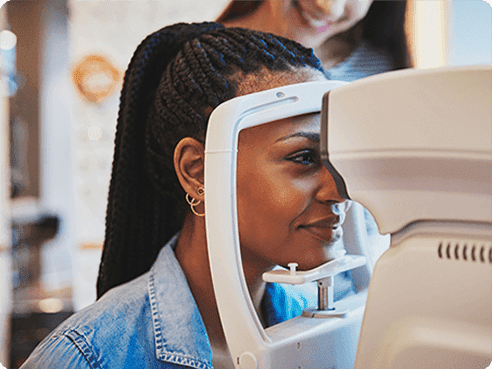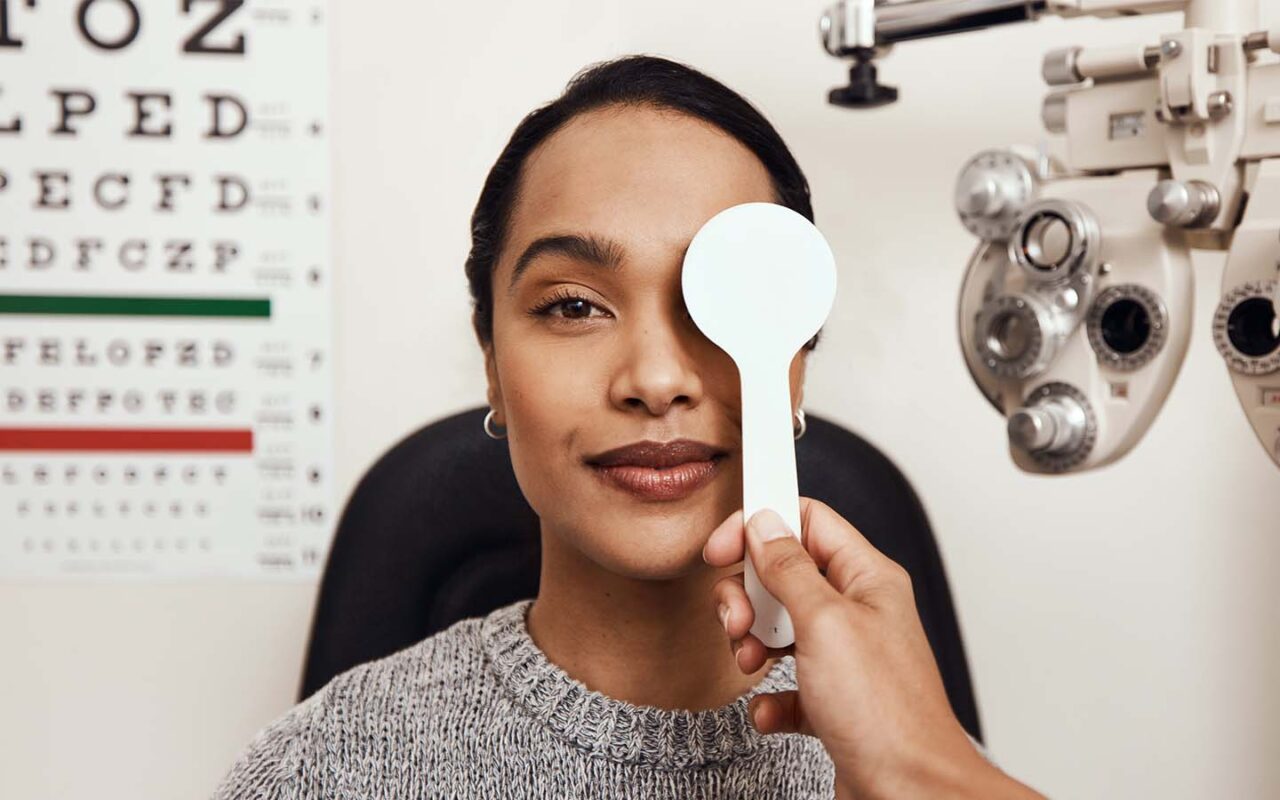All Categories
Featured
Opening Opportunities: Comprehensive Low Vision Rehab Alternatives.
Dealing with low vision can offer unique difficulties, yet contemporary rehab techniques encourage individuals to thrive and adjust. From advanced technology to hands-on training, there are many options created to improve life and foster independence. Right here's a detailed consider the diverse rehab solutions readily available for those with reduced vision.
The Function of Reduced Vision Rehab
Low vision recovery focuses on assisting individuals enhance their continuing to be vision and establish skills to handle their surroundings. With a mix of devices, training, and personalized assistance, rehabilitation programs enhance functionality and boost self-confidence in navigating everyday activities.
Trick Low Vision Rehabilitation Options
Custom-made Aesthetic Help
High-Powered Magnifiers: These devices are available in handheld, wearable, or digital styles, enabling customers to read, compose, or sight things up close.
Telescopic Glasses: Suitable for enhancing distance vision, these glasses aid with activities such as viewing television or analysis indicators.
![]()
Filter Lenses: Tinted lenses reduce glare, enhance contrast, and supply UV defense, improving convenience and visibility.
Technological Technologies
Electronic Zoom Tools: Desktop and mobile devices offer flexible magnification, making it possible for easier access to published materials and digital content.
![]()
Voice-Assisted Modern technology: Display viewers, voice-enabled smart devices, and AI-driven applications help customers navigate the electronic globe much more successfully.
Wearable Vision Aids: Smart glasses outfitted with electronic cameras and auditory feedback supply real-time assistance with reading, identifying items, and spatial positioning.
Specialist Training Programs
Orientation and Flexibility Training: This program teaches people how to move confidently within their neighborhoods and homes, frequently incorporating canes or guide canines.
Daily Living Abilities: Specialized training furnishes people with strategies to execute crucial jobs such as food preparation, clothing, and taking care of household duties.
Adaptive Visual Methods: Therapists guide people on leveraging peripheral vision or scanning methods to compensate for vision loss.
Environmental Adjustments
![]()
Basic changes in the house or work can significantly boost accessibility:
Using different colors for better object distinction.
Adding job lighting to improve visibility.
Marking home appliances with tactile indications for much easier operation.
Psychological and Social Support
Dealing with vision loss typically entails psychological adjustments. Support teams and therapy solutions use a secure area to build and share experiences resilience.
Peer mentoring programs link people with similar challenges, promoting sociability and shared options.
Accessing Recovery Providers
Reduced vision recovery solutions are widely readily available with:
Specialized Clinics: Eye doctors and eye doctors trained in reduced vision treatment supply customized evaluations and remedies.
Not-for-profit Organizations: Groups like the American Foundation for the Blind and VisionAware use sources, advice, and referrals.
Neighborhood Centers: Local services might provide inexpensive or complimentary training and accessibility to assistive devices.
Final Ideas
Low vision does not need to imply a lessened lifestyle. With the right combination of tools, training, and assistance, people can regain self-reliance and appreciate meeting lives. By exploring the various rehab choices offered, those with low vision can discover methods that work best for their one-of-a-kind needs and situations. If you or an enjoyed one encounters vision obstacles, don't think twice to connect to a reduced vision specialist to start the trip towards empowerment and flexibility.
Dealing with low vision can offer unique difficulties, yet contemporary rehab techniques encourage individuals to thrive and adjust. From advanced technology to hands-on training, there are many options created to improve life and foster independence. Right here's a detailed consider the diverse rehab solutions readily available for those with reduced vision.
The Function of Reduced Vision Rehab
Low vision recovery focuses on assisting individuals enhance their continuing to be vision and establish skills to handle their surroundings. With a mix of devices, training, and personalized assistance, rehabilitation programs enhance functionality and boost self-confidence in navigating everyday activities.
Trick Low Vision Rehabilitation Options
Custom-made Aesthetic Help
High-Powered Magnifiers: These devices are available in handheld, wearable, or digital styles, enabling customers to read, compose, or sight things up close.
Telescopic Glasses: Suitable for enhancing distance vision, these glasses aid with activities such as viewing television or analysis indicators.

Filter Lenses: Tinted lenses reduce glare, enhance contrast, and supply UV defense, improving convenience and visibility.
Technological Technologies
Electronic Zoom Tools: Desktop and mobile devices offer flexible magnification, making it possible for easier access to published materials and digital content.

Voice-Assisted Modern technology: Display viewers, voice-enabled smart devices, and AI-driven applications help customers navigate the electronic globe much more successfully.
Wearable Vision Aids: Smart glasses outfitted with electronic cameras and auditory feedback supply real-time assistance with reading, identifying items, and spatial positioning.
Specialist Training Programs
Orientation and Flexibility Training: This program teaches people how to move confidently within their neighborhoods and homes, frequently incorporating canes or guide canines.
Daily Living Abilities: Specialized training furnishes people with strategies to execute crucial jobs such as food preparation, clothing, and taking care of household duties.
Adaptive Visual Methods: Therapists guide people on leveraging peripheral vision or scanning methods to compensate for vision loss.
Environmental Adjustments

Basic changes in the house or work can significantly boost accessibility:
Using different colors for better object distinction.
Adding job lighting to improve visibility.
Marking home appliances with tactile indications for much easier operation.
Psychological and Social Support
Dealing with vision loss typically entails psychological adjustments. Support teams and therapy solutions use a secure area to build and share experiences resilience.
Peer mentoring programs link people with similar challenges, promoting sociability and shared options.
Accessing Recovery Providers
Reduced vision recovery solutions are widely readily available with:
Specialized Clinics: Eye doctors and eye doctors trained in reduced vision treatment supply customized evaluations and remedies.
Not-for-profit Organizations: Groups like the American Foundation for the Blind and VisionAware use sources, advice, and referrals.
Neighborhood Centers: Local services might provide inexpensive or complimentary training and accessibility to assistive devices.
Final Ideas
Low vision does not need to imply a lessened lifestyle. With the right combination of tools, training, and assistance, people can regain self-reliance and appreciate meeting lives. By exploring the various rehab choices offered, those with low vision can discover methods that work best for their one-of-a-kind needs and situations. If you or an enjoyed one encounters vision obstacles, don't think twice to connect to a reduced vision specialist to start the trip towards empowerment and flexibility.
Latest Posts
Professional Vinyl Fencing Services - Idaho Fence Experts.
Published Feb 02, 25
1 min read
Vital Ideal Practices for Taking Care Of Call Lenses
Published Feb 02, 25
0 min read
Eye Center South
Published Feb 02, 25
0 min read